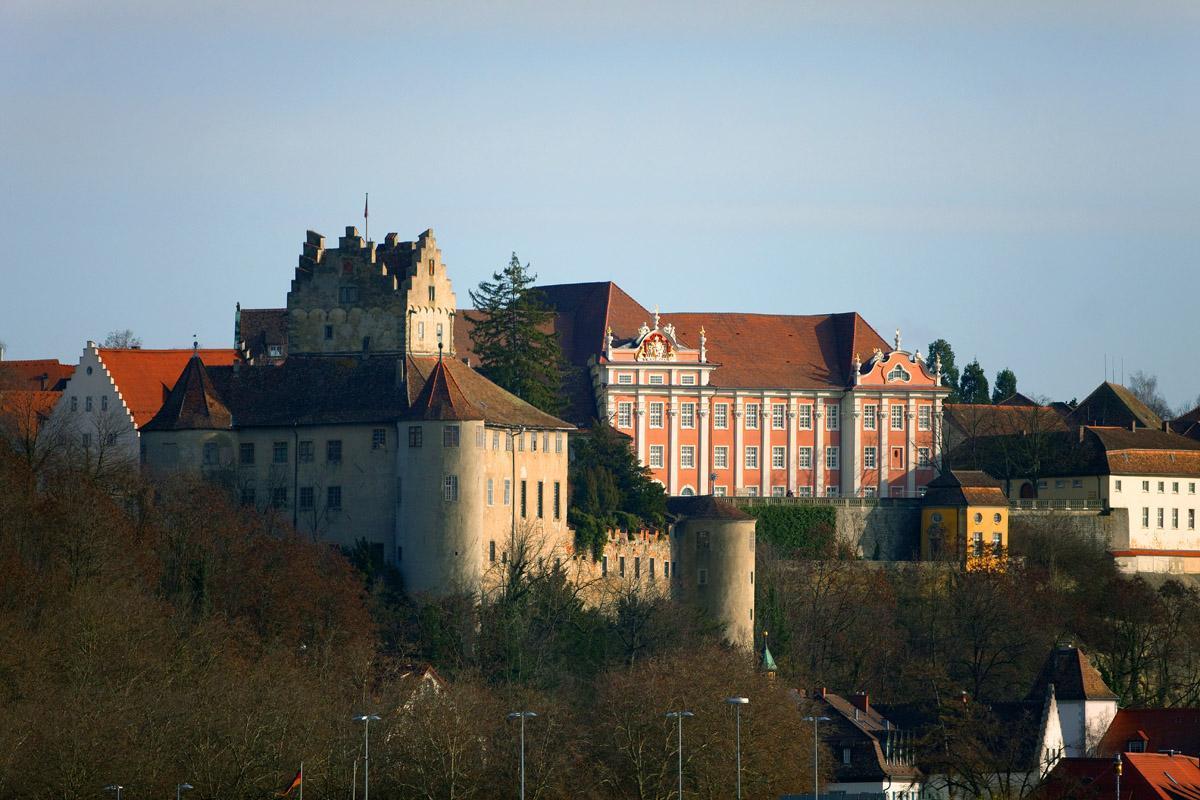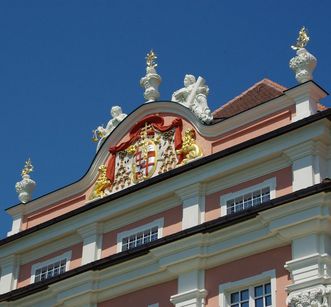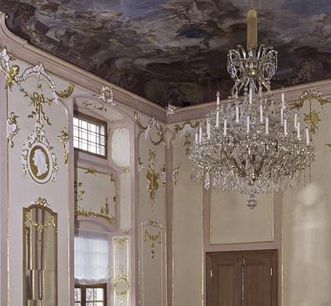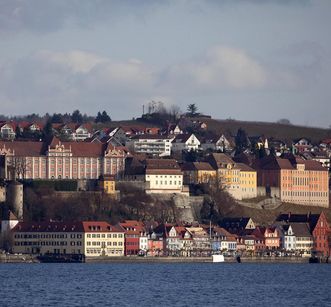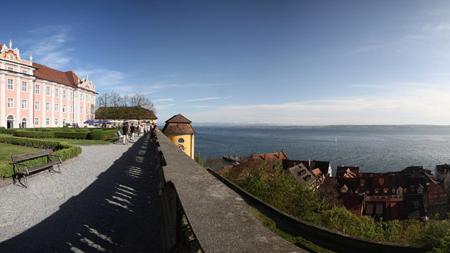The royal need for representation
In the early 16th century, the prince-bishops of Constance relocated their residence from a newly Protestantized ecclesiastical city to Meersburg. They initially resided in the old Meersburg Castle. Yet the increasing need for representation soon outgrew the medieval structure. In 1710, Prince-Bishop Johann Franz von Stauffenberg expanded his residence with a “New Building” next to the old castle. The shell of the single-wing building was completed and initially used as a legal office.



